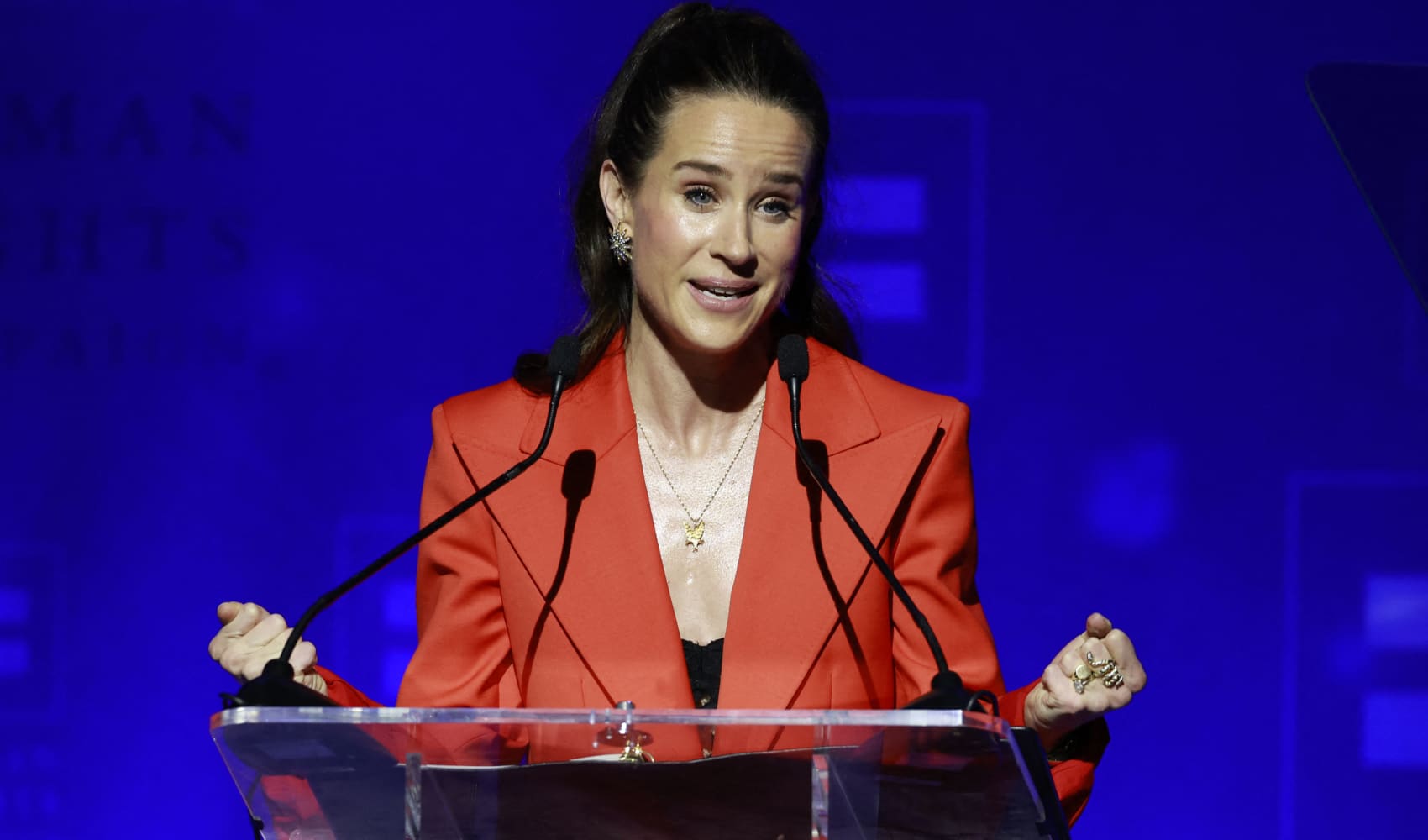
This may sound odd, but I was reminded while reading Ben Bernanke's recent book on Fed history that we've actually been through "quantitative tightening," or QT, before, from 2017 through 2019. With everything else going on at the time--Trump's trade wars and tariffs, the Fed's pivot from rate hikes to rate cuts, the longest government shutdown in history--the Fed's balance sheet was hardly a big talking point.
This, of course, was what Fed officials wanted; that the process of shrinking the balance sheet by letting securities mature and passively run off each month would be "as exciting as watching paint dry," as Fed member Patrick Harker said at the time. And for awhile, it was--until the repo crisis in 2019.
The Fed, remember, had done three rounds of quantitative easing, or QE, from the financial crisis all the way through the anemic post-crisis recovery years until finally ending their bond purchases in late 2014. This brought their balance sheet up from around $900 billion pre-crisis to $4.5 trillion by October of that year. But the Fed was eager to shrink it back down as the economy recovered, lest the resulting excess bank reserves kindle an inflationary spark, and also to help restore some semblance of normalcy to financial markets.
They only made down to $3.75 trillion in size by August of 2019 before trouble hit. That September, as Bernanke recounts, "turmoil erupted in repo markets" and the short-term repo rate spiked to 10%. The odd thing was that banks didn't take their reserves from the Fed and pick up a quick 10% return; "Perhaps because of concern about regulatory constraints, banks did not believe they had sufficient reserves" to move some away from where they were parked earning around a 2.25% overnight interest rate at the Fed. Point being: "The Fed's balance sheet shrinkage, and the resulting decline in bank reserves, had gone too far."
Get South Florida local news, weather forecasts and entertainment stories to your inbox. Sign up for NBC South Florida newsletters.
At the time, as Bernanke admits, officials had no idea what the "right" size of the balance sheet was now supposed to be, because QE had changed financial markets completely. Pre-crisis, the Fed controlled overnight rates by changing the supply of bank reserves in the market, a so-called "scarce" regime. But post-QE, and because of regulation, banks now had tons of reserves (an "ample" regime) and didn't need to lend to each other as much. The Fed needed a new way to move interest rates, which is now by paying interest on excess reserves.
So the repo crisis was no accident or fluke; it was a consequence of major changes to the financial system and the Fed's role in the markets. To fix the crisis, the Fed became more entrenched in repo markets by providing liquidity itself. It also started growing the balance sheet again, back up to $4.2 trillion by the time the pandemic hit; it was technically not considered QE because it was done by adding short-term instead of longer-term Treasuries. And thus $4.2 trillion has become the "new normal" for the size of the Fed's balance sheet.
Of course we are way above that level now; to $8.9 trillion in size. But the point is, so much has changed and there are so many new things going on in the financial system that this is as great an experiment as the last, relatively unnoticed QT was--if not a greater one. We should expect the unexpected, to say the least.
Money Report
Fortunately, there are hopeful signs that "normalization," however messy it may prove to be, is at least quietly beginning. "The Fed may be creating less money, but the banking system appears to be creating more of it," wrote Michael Darda of MKM Partners the other day. While money growth has slowed dramatically--sucking liquidity out of financial assets--velocity, he notes, has actually picked up, and bank "loans and leases are up at a 14% annualized rate" in recent weeks.
Which is how it should be. No one wants to be stuck in a world of permanent QE where the Fed is the financial system, the lender and buyer of both first and last resort. You sometimes worry that if we don't pass the baton back to the banks and the private sector now, it won't even be there in the future.
See you at 1 p.m!
Kelly






